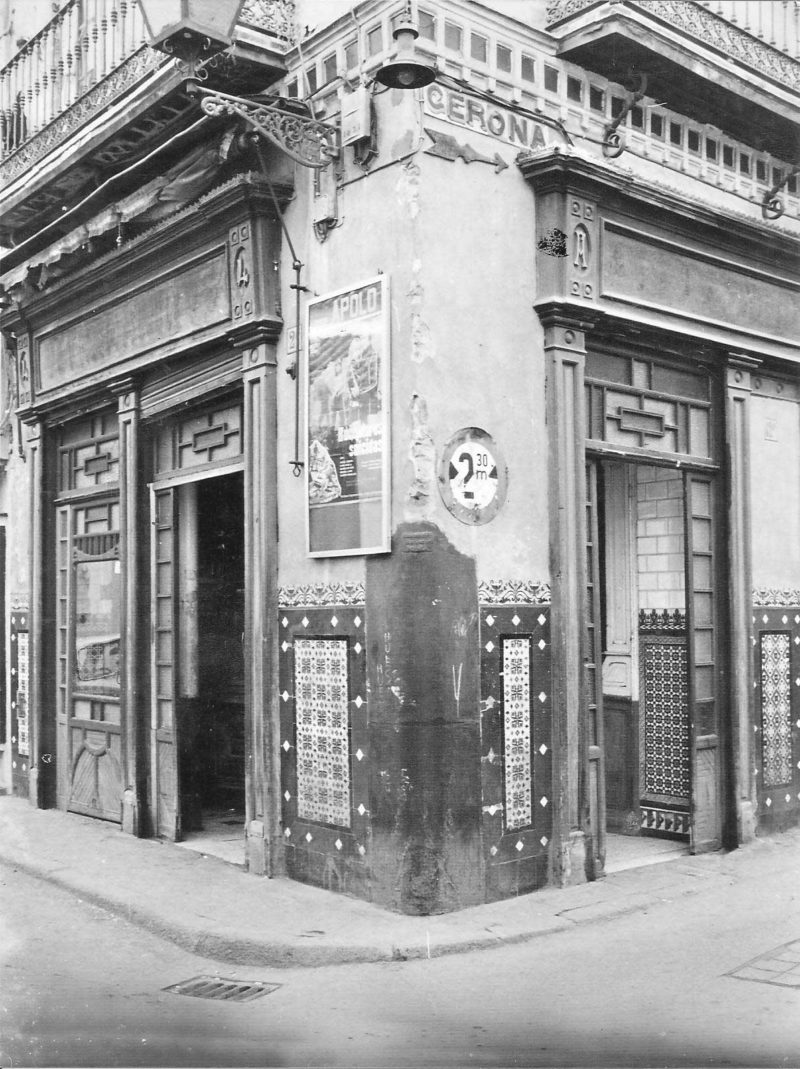It is the street that saw El Rinconcillo born 347 years ago. Gerona street in Seville began to transform and draw as we know it today in the nineteenth century.
Until then, it had been the back of some convents and it was from that time when they began to build homes of the reborn middle class of the capital.
Previously, from the Reconquest of Seville by King Ferdinand III, in 1248, it was divided into two sections: the first, from San Juan de la Palma street to Doña María Coronel, called Calderería; and the second, from the latter to Santa Catalina, with the name of Sardinas street. It was in 1845 when it received the denomination of Gerona.
The why of the name is something that is not entirely clear. What is known is that it was after the Constitution of 1812 when the formalization of the street was started in Seville and in this process the change to Gerona street took place, the first to receive the name of another Spanish province next to Zaragoza and Bailén.
Throughout its history, has had several illustrious residents and anecdotes that we do not know if the passage of the years have softened or just the opposite, as that of the bullfighter Varelito. It seems that he suffered a fuck one fair afternoon of 1922 and the wound resulted in a serious infection that eventually ended his life.
In that preamble, it is said that the street sign Gerona was covered with sand and straw so that the rattle of the carriages did not bother the bullfighter on his deathbed.
Centuries earlier, another of his most recognized neighbors was the aristocrat and poet of the Golden Age Baltasar de Alcázar, who died without publishing any of his works. His house was located on the corner of Gerona with Sister Angela, where after also lived another poet, Fernando Villalon, fellow disciple of the Nobel Prize for Literature Juan Ramón Jiménez.
Both studied together Bachillerato and, in addition, it happens that the latter has been, without a doubt, the most distinguished neighbor of Gerona street, where he settled when he came to Seville to study law. “When I was in Seville, in the limbo of the painters, Gerona street…” wrote the Nobel in Por la cristal amarillo.
It is clear that the literature of the time was bubbling through the streets of the neighborhood. And it is that only one street further on, in Dueñas, also had his residence another great one of this art, Antonio Machado.

